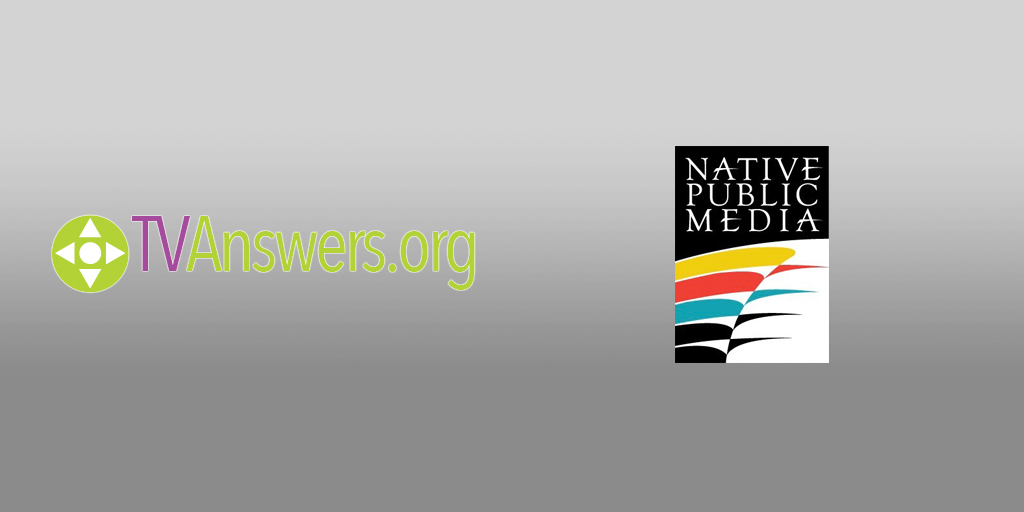By: Loris Taylor, President & CEO, Native Public Media
Access to free, over-the-air television using an antenna has for generations provided Native Americans and Alaska Natives with emergency information, local news, entertainment and community connectivity. Whether for news, cultural programming or to catch popular traditional music shows, over-the-air television provides is an important resource in hard-to-reach communities.
Antenna television has long been popular within Native communities, and as many of our communities experience growth, the number of individuals choosing to use antenna TV instead of paying for a subscription cable or satellite service may also grow. As a result, it is critically important that we know about potential changes – and educate our viewers and listeners – about the moves impacting our local broadcast stations.
Over the next two years, nearly 1,000 TV stations nationwide will be moving frequencies to make room for expanded wireless services. These frequency changes will require all antenna TV viewers to rescan their sets to continue receiving local signals.
It is important to note that in many communities, antenna TV viewers will need to rescan more than once between 2018 and 2020 because stations are required to move at different times. Rescanning is when a TV finds all of the available channels in an area. While the channel numbers you know will not change, viewers must rescan after each station moves frequencies to continue watching that station.
So, how do you rescan? When are stations in your area moving? What can you do if you need more assistance? We’re glad you asked!
Native Public Media is proud to partner with the National Association of Broadcasters (NAB), through its TV Answers initiative to inform the public about changes impacting local stations. This partnership, and others like it, will spread information to ensure those who rely on antenna television know how to continue to receive their local channels.
What’s more, from the TV Answers website, you can find out when your local channels are moving, how to rescan your television or converter box and you can sign up for text or email alerts when stations near you move frequencies.
By spreading the word, we can make sure our friends from the nearly 600 American Indian and Alaska Native communities around the country who use antenna TV retain access to the stations they enjoy and depend upon.
At Native Public Media, we know that television is important to the citizens of Indian Country and as a result, NPM and NAB are here to assist you with information about the transition some television stations are making to new channel locations.
Native Public Media is a national nonprofit dedicated to promoting healthy, engaged, and independent Native communities through media access, control, and ownership. Learn more about our work at www.nativepublicmedia.org.
 Loris Taylor (Hopi Nation) is the president and CEO of Native Public Media Inc. A former radio general manager, Taylor represents the media interests of Native Americans inclusive of radio, television, video, internet, journalism and public policy.
Loris Taylor (Hopi Nation) is the president and CEO of Native Public Media Inc. A former radio general manager, Taylor represents the media interests of Native Americans inclusive of radio, television, video, internet, journalism and public policy.
Taylor’s leadership has resulted in the first “Digital Journalism and Storytelling” curriculum for college credit, the Federal Communications Commission (FCC) Tribal Priority for broadcasting, the establishment of the FCC Office of Native Affairs and Policy and publication of the first seminal study on broadband, “New Media, Technology and Internet Use in Indian Country.” In 2010, Taylor advanced tribal telecommunications policy positions to be included in the FCC’s National Broadband Plan.
Taylor was a contributor to the Aspen Institute and Knight Commission’s report on the “Information Needs of Communities in a Democracy” and “New Cities: The Next Generation of Healthy Informed Communities.”
